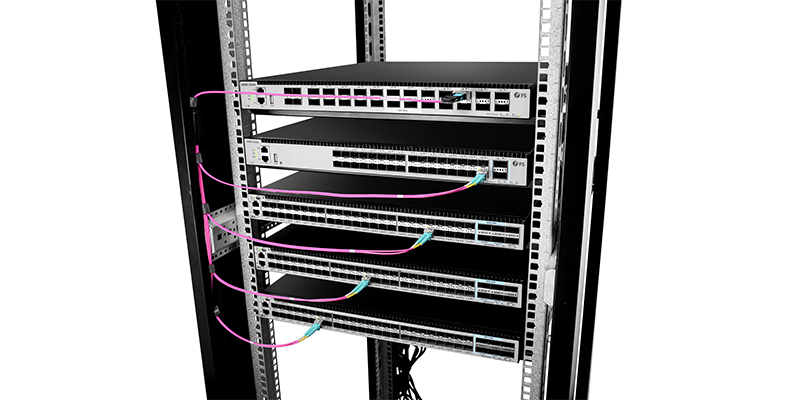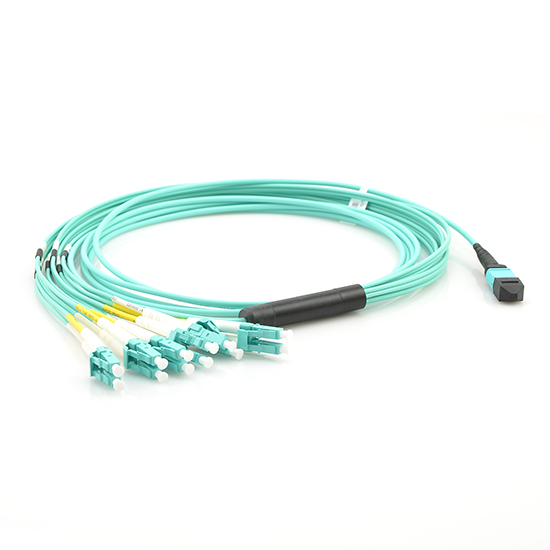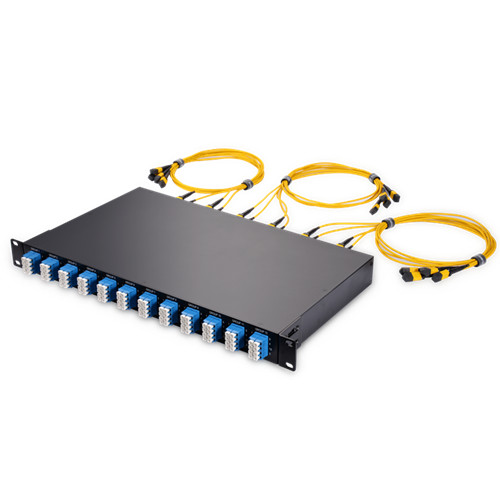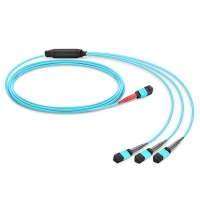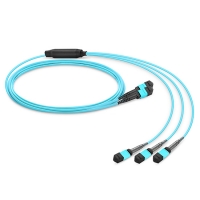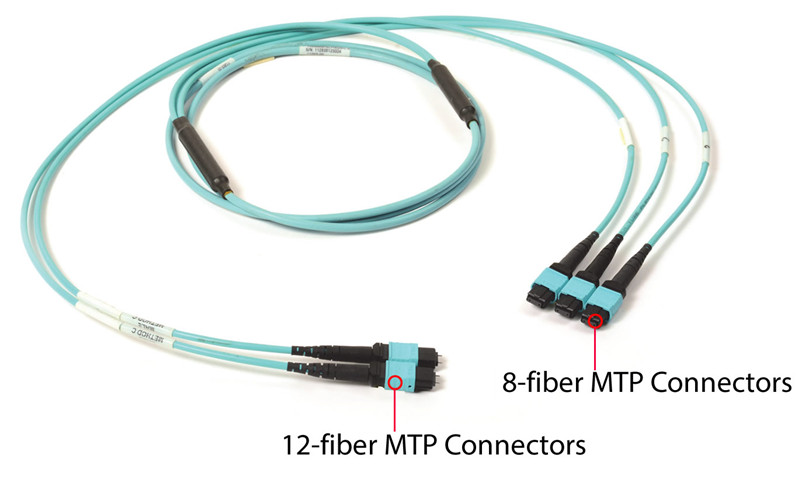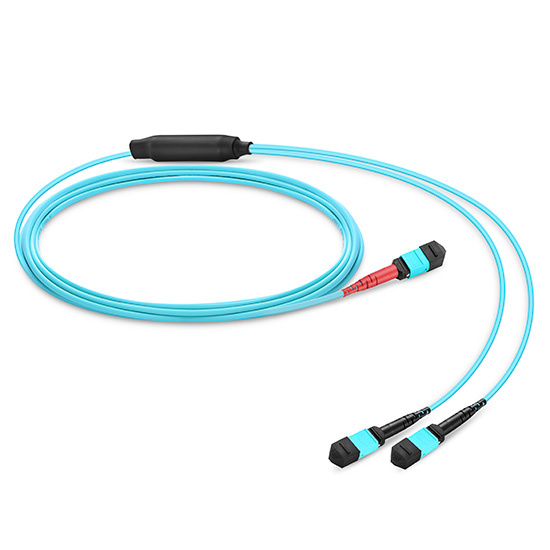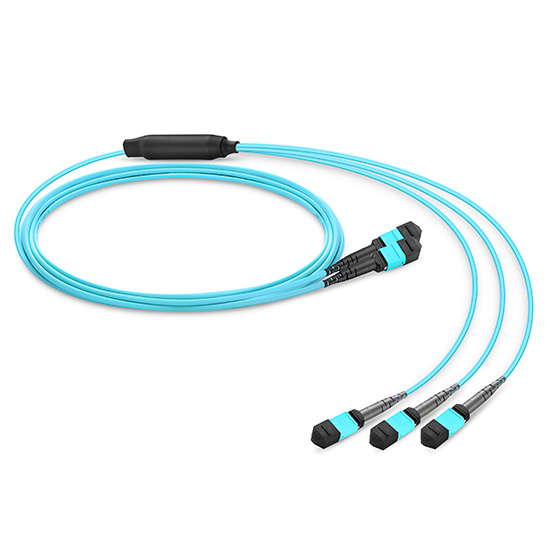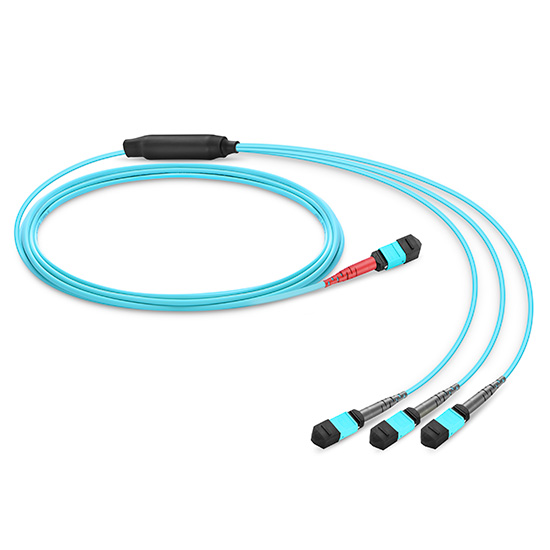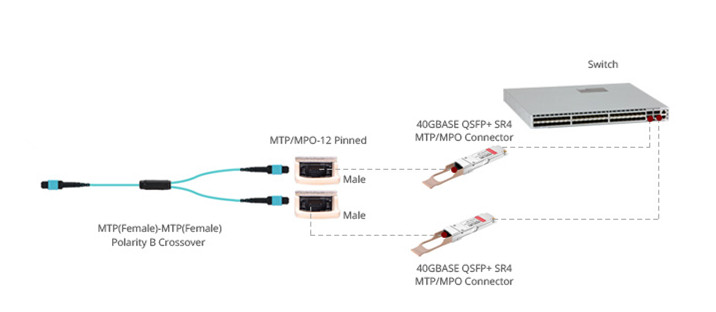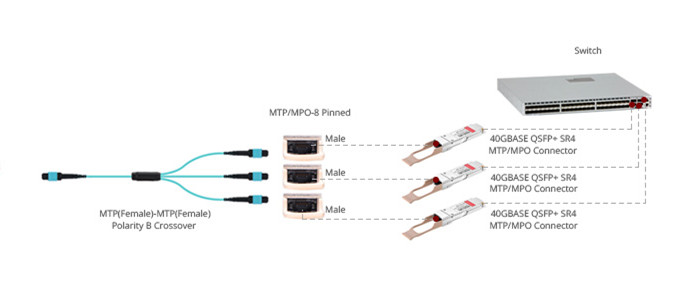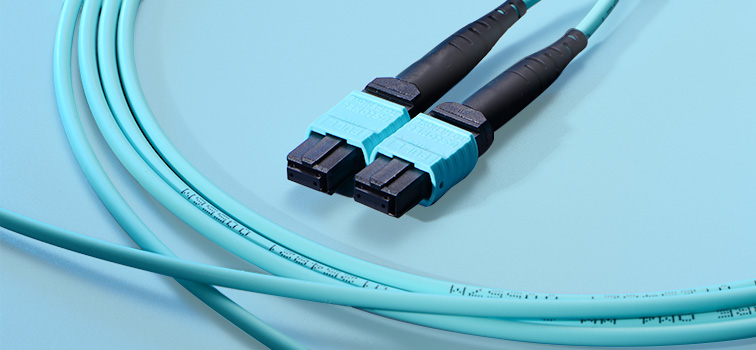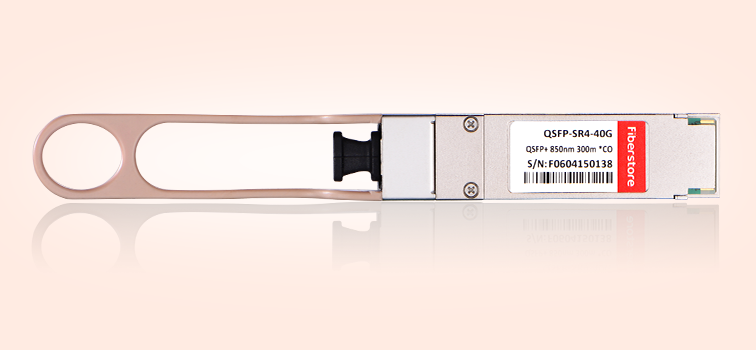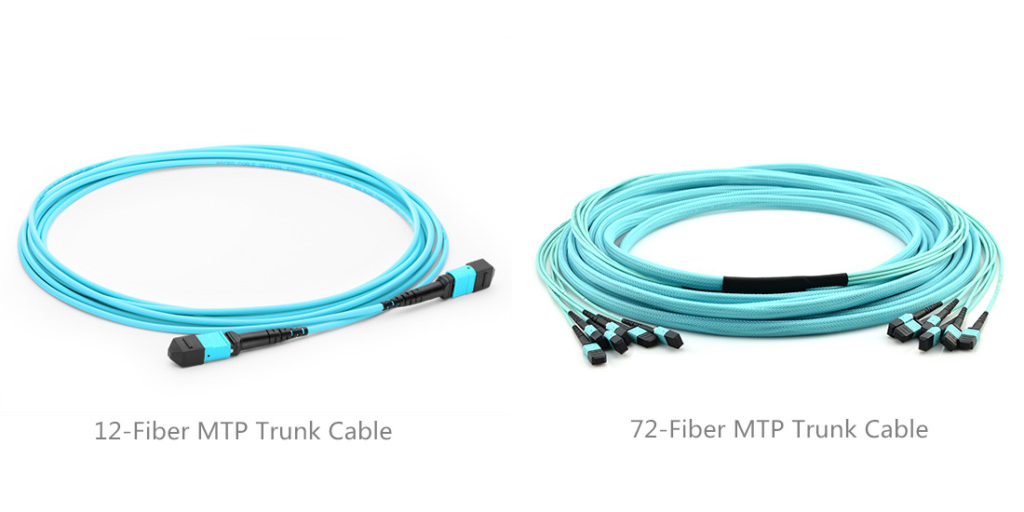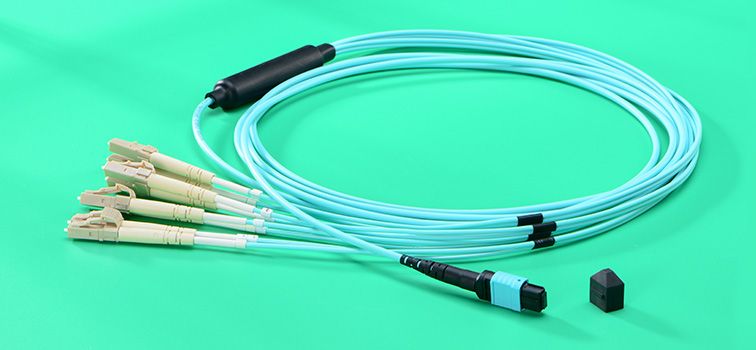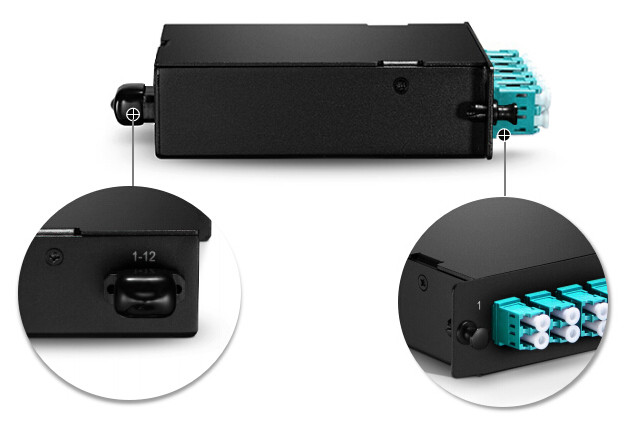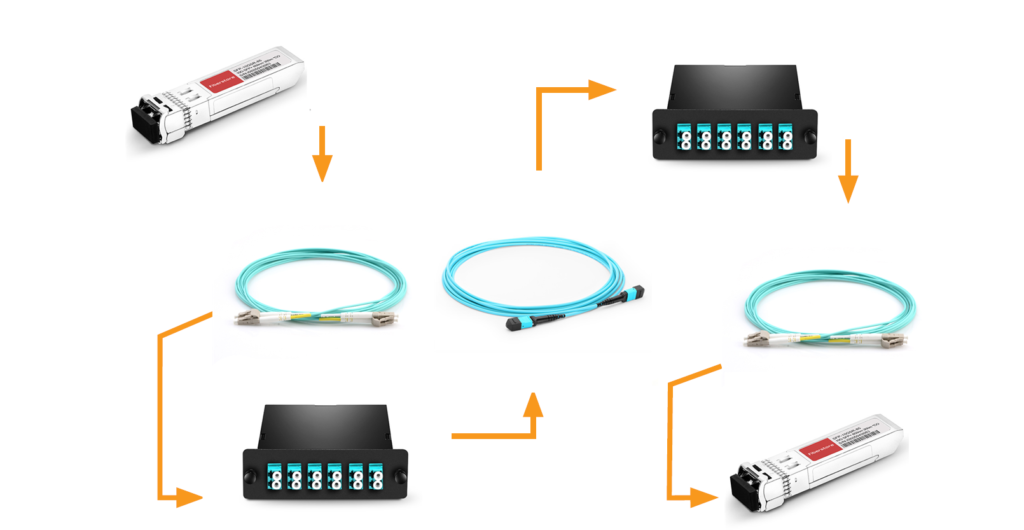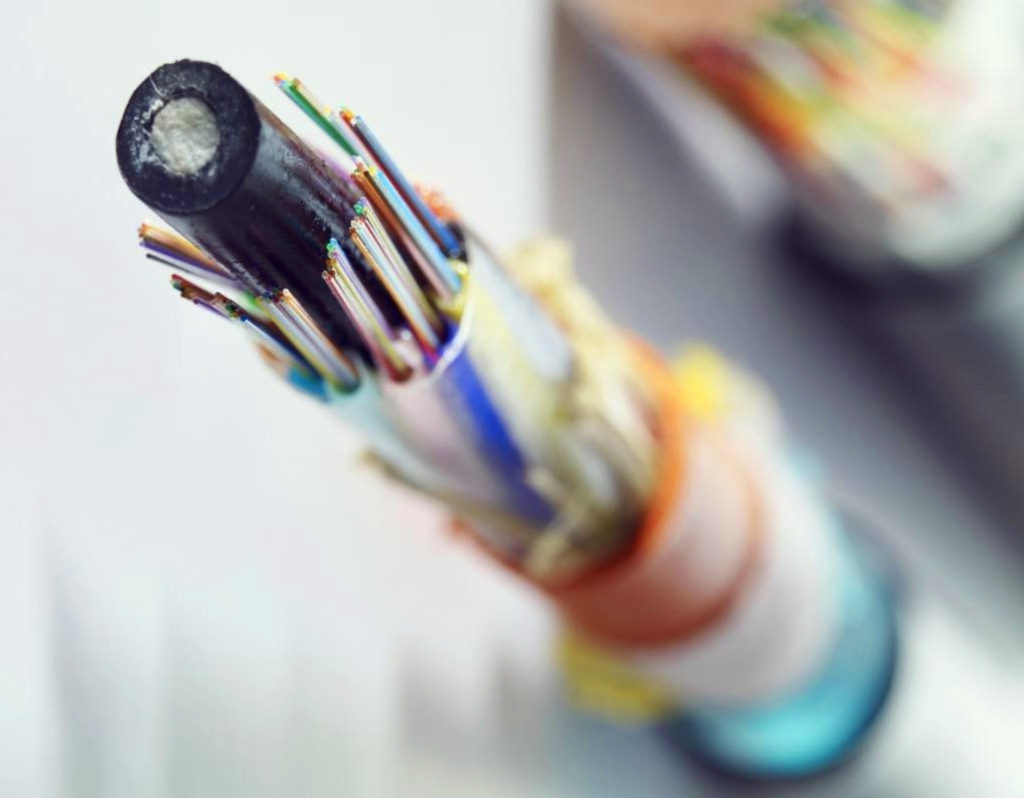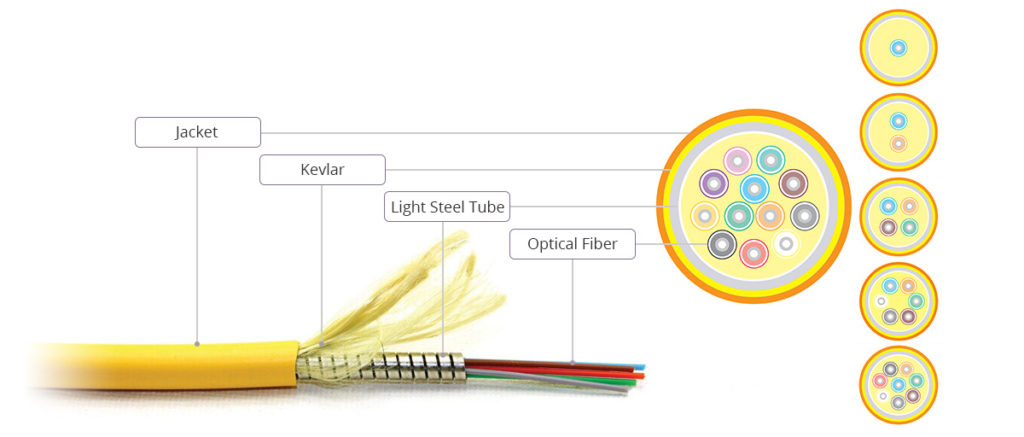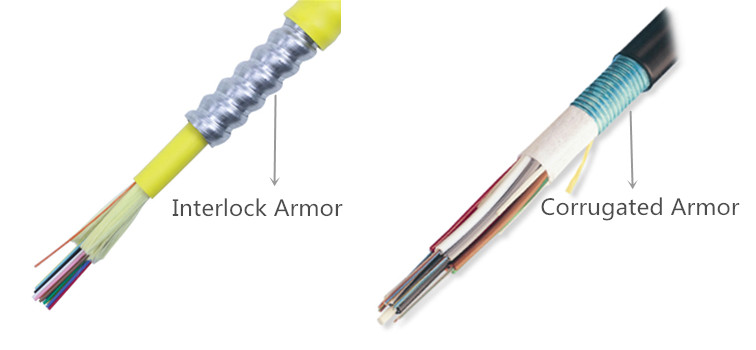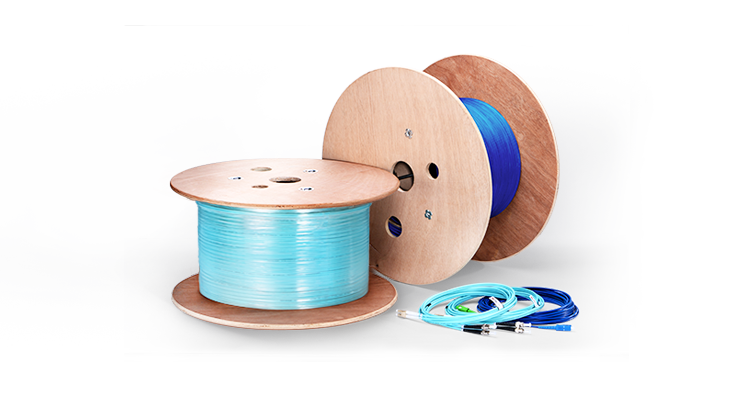As the continuously increased bandwidth demand, the types of fiber patch cable are also updating quickly. OM5 fiber cable, also known as WBMMF (wideband multimode fiber), has arrived to meet the growing bandwidth requirements. However, there are different opinions on whether the adoption of OM5 fiber will benefit today’s data center. This post will focus on the advantages and disadvantage that OM5 brings for data centers.
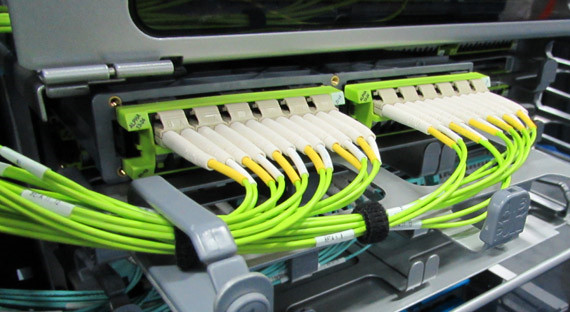
With the cloud computing and web services continuing to drive bandwidth need, data rates grow from 10G, 40G to 100G and beyond in many data center networks. According to the Cisco global cloud index, nearly 99 percent of global traffic will pass through data centers by 2020. That means higher bandwidth, faster services and greater access are required for data center deployments. Therefore, advanced technologies including fiber patch cable and optical transceivers will be needed for performance-improving in data centers.
OM5 fiber is a new generation of multimode fiber. It was just standardized in several months ago. Different from OM1, OM2, OM3 and OM4, OM5 fiber is designed to work over a wide range of wavelengths between 850 nm and 950 nm. And it supports SWDM (shortwave wavelength division multiplexing) technology which can reduce fiber counts in optical transmission. Here are the advantages and disadvantages of OM5 fiber optic cable in data center.
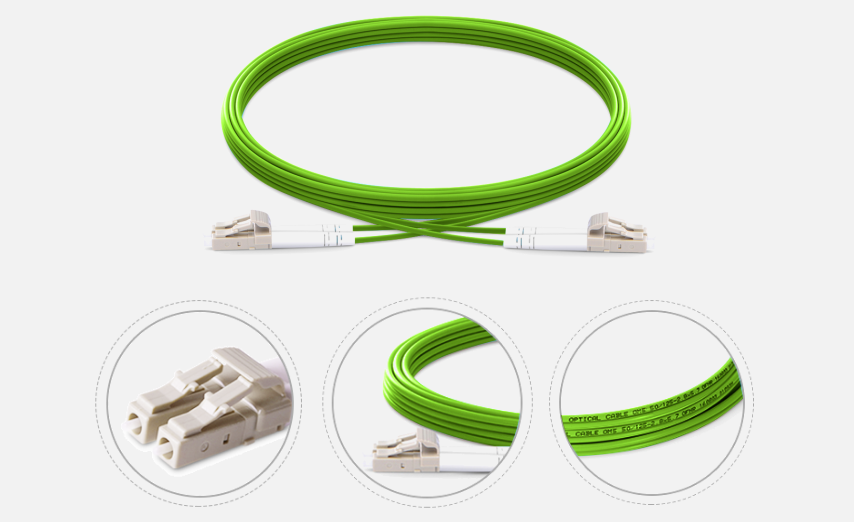
Firstly, it cannot deny that the emergence of OM5 is to meet the high bandwidth challenges. At this point, OM5 will definitely benefit data centers in some degree. The main advantages are in the following part.
Compatibility—OM5 cable has the same fiber size of OM4 and OM3, which means OM5 is fully compatible with OM3 and OM4 fiber. In other words, OM5 cabling supports all legacy applications in existing data center infrastructures. If a service provider wants to use OM5 for high speed data center, big changes will not be needed for existing cabling.
Distance—multimode patch cord is often the first choice for short reach connections. As we know, OM4 patch cord can support link length up to 100m with 100G-SWDM4 transceivers. While OM5 can extend the reach to 150m with the same types of fiber optic transceivers, providing another better choice for data center optimization.
Cost—when it comes to data center building, the cost is an important parameter to consider. OM5 cable is beneficial for data center deployments. Compared to single mode fiber cable (SMF), multimode fiber cable (MMF) is more cost-effective, because in most data centers, short reach connection are common. Besides, OM5 provides optimal support of emerging SWDM applications which reduce the amount of fibers needed for high speed transmissions.
Each coin has two sides. Though OM5 fiber cable can benefit data center building, there are still some problems at present. It’s known to us that OM5 has just been standardized earlier this year. Even though many optical vendors have introduced OM5 fiber patch cables, in the market, the price is a little higher than OM4. And the production of the corresponding optical transceiver like 100G-SWDM4 is still limited. All these restrict the further adoption of OM5 fiber cables.
It’s getting more costly for fiber optic cabling systems in data centers. As a new MMF type, OM5 offers improved performance over popular OM4 and OM3. With the development of OM5 technology, it will bring more benefits for data centers.
Related Article: OM5 Multimode Fiber FAQs

